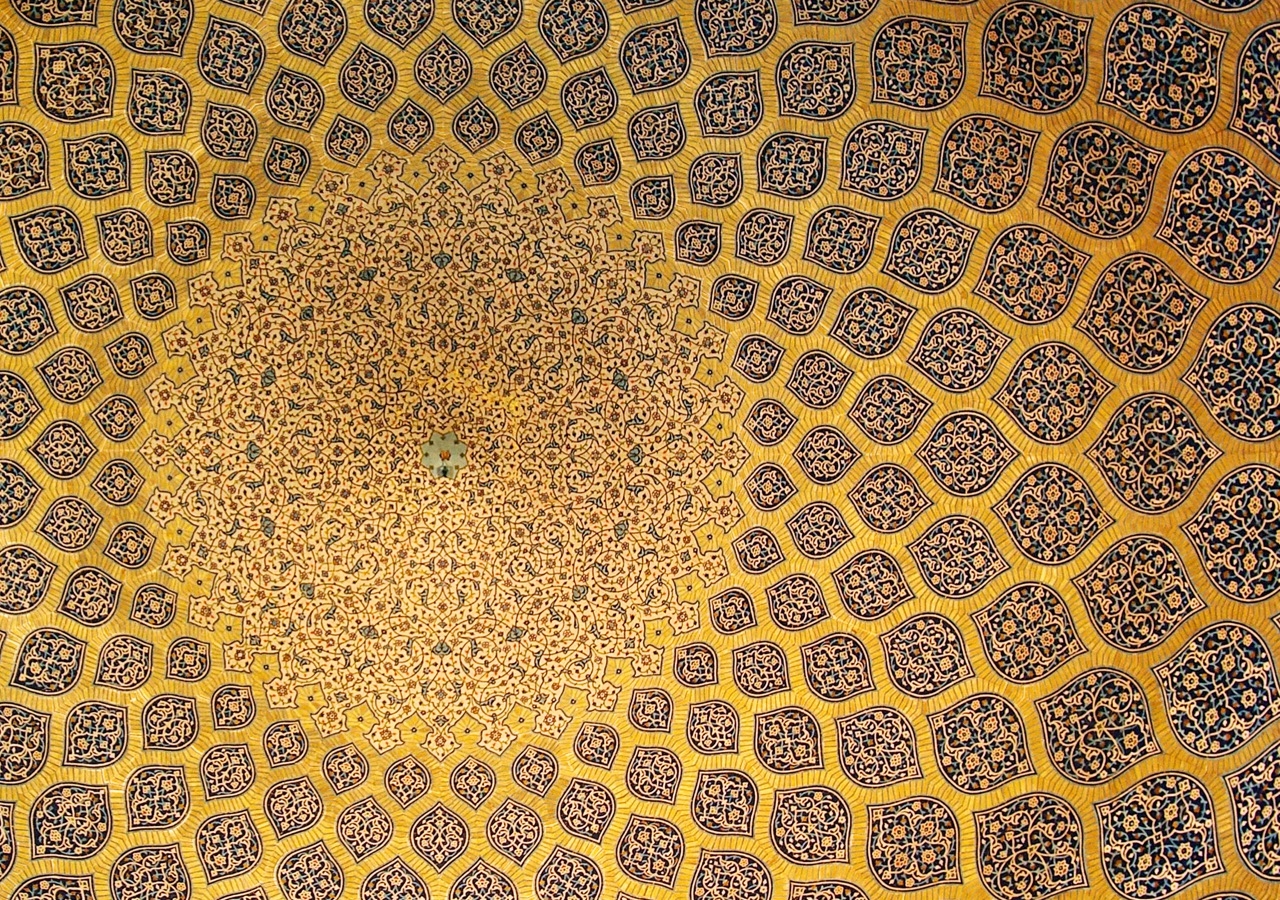Art can act as a universal language, enhancing understanding of one’s own or another’s culture, by telling a story about a particular time or place. Various pieces of art come together to define the distinct ‘culture’ of a given society and include diverse forms, such as painting, music, literature, dance, poetry, and landscape planning. Art can also encourage us to look inside ourselves, to search for personal passions, and to take a wider perspective in seeing the world.
Mawlana Hazar Imam has spoken of the importance of art on a number of occasions. In the foreword of Spirit and Life, published in 2007, he stated that “The arts have always had a special significance for my family. More than a thousand years ago my ancestors, the Fatimid Imams, encouraged patronage of the arts and fostered the creation of collections of outstanding works of arts and libraries of rare and significant manuscripts… I believe that these works all contribute to an understanding of some of the aesthetic values which underpin Muslim arts and the humanistic traditions of Islam.”
The Fatimids (909-1171 CE), were one of several Muslim dynasties that celebrated and promoted the arts. During their reign over North Africa and parts of the Mediterranean, and particularly in Egypt, they harnessed an eclectic spirit, combining diverse influences to create exciting new art forms. These included building styles from the Roman Empire and mosaic designs from the Iberian Peninsula to ceramics from the Far East and calligraphy from the Persian Gulf. This pluralistic approach is today regarded among historians as one of the most creative eras in Islamic history.
Throughout this vast history, the artwork of Muslim societies has played an important role in reminding the world that beauty is significant. The elegant appeal of historic buildings and gardens, miniature paintings, opulent carpets, and crystal ware, for example, have been ways in which artists have recognised the splendour of the world, and are also a reflection of the Islamic tradition which gives beauty its own intrinsic value.
Beauty can be conveyed through aesthetic or acoustic forms, or a combination of the two. The art of music uses acoustics to tell a story. Age-old tales have been passed down for generations in the form of song and verse, from the Middle East and North and West Africa, to South and Central Asia. A constellation of devotional music and poetry, of indigenous classical, traditional folk, and tradition-inspired contemporary music has since flourished over time in cultures shaped by Islam.
In a poem entitled Where everything is music, Rumi writes,
We have fallen into the place
where everything is music.
The strumming and the flute notes
rise into the atmosphere,
and even if the whole world’s harp
should burn up, there will still be
hidden instruments playing, playing.
So the candle flickers and goes out.
We have a piece of flint, and a spark.
This singing art is sea foam.
The graceful movements come from a pearl
somewhere on the ocean floor.
The medium of music has played a prominent role in building bridges between diverse peoples, through creating understanding and empathy. The inherent human trait of curiosity and attraction to novelty has encouraged the spread of various types of music from one part of the world to another. For instance, the historic Silk Route, a trading passage of historical significance, once connected the far reaches of China with the Mediterranean, via the high mountains and picturesque landscapes of Central Asia. Groups of merchants, pilgrims, and travellers navigated their way back and forth across the route to trade and exchange silks, spices, silver, stories, and songs.
The sounds that moved along the route exemplify the way musical creativity has historically developed from the meeting of different cultures. The percussion, string, and wind instruments of the time are thought to have been later adapted into modern day instruments such as the familiar drum, violin, and flute.
Illustrating his commitment to creative expressions, Mawlana Hazar Imam has established the Aga Khan Award for Architecture, the Aga Khan Music Initiative (AKMI), and the Aga Khan Museum, in an effort to re-invigorate interest in the arts and to preserve, promote, and develop the cultural heritage of Muslim societies and civilisations. Since launching 19 years ago, AKMI has become an interregional music and arts education programme with worldwide performances as well as outreach, mentoring, and artistic production activities. Later this month, the very first Aga Khan Music Awards will be held in Lisbon, Portugal.
Like the human heart, music follows a beat. The mingling of words and sounds can sift through obscure depths of feeling. Along with other forms of art, it triggers memories both distinct and dormant, and can articulate emotions previously unknown. As we enter into spring — the season of new beginnings — we are offered an opportunity to more fully appreciate the beauty of the world, to search for undiscovered gifts, and to seek out the artist hidden within.









